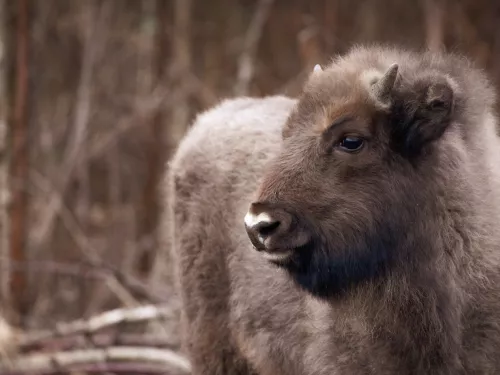
Wilder Blean Project
We have introduced European bison to help restore UK wildlife and tackle the climate crisis.
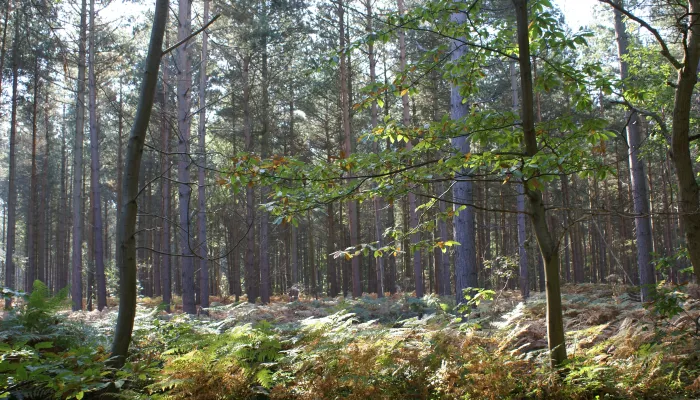
Learn more about the Wilder Blean project as we answer your most frequently asked questions.
Kent Wildlife Trust, in partnership with Wildwood Trust, have embarked on a first for UK conservation: introducing European bison as natural woodland management in West Blean and Thornden Woods. Human management of woodlands has not been enough to boost species diversity and abundance. Bison behave in ways that other animals do not, providing a unique approach to transforming this woodland into a richer, more species-abundant place for wildlife and people to enjoy.
It's not just about bison, though. We're hoping that by introducing Exmoor ponies and Iron-Age pigs, the different behaviours of these animals will create a complex mosaic of habitats, which is what is needed for a diverse range of wildlife to thrive. By introducing Longhorn cattle as an experimental condition in a separate area of the Blean, we will be monitoring the relative benefits of using bison versus Longhorn cattle for woodland management.
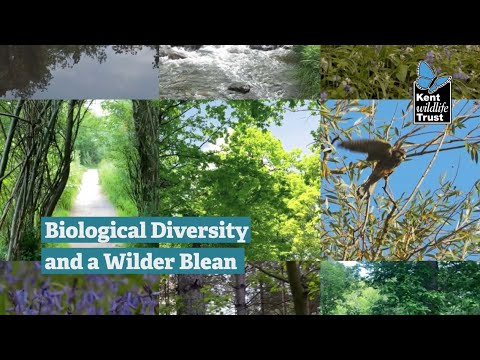
This is the first of what we expect to be several projects which use ‘wilding’: a nature-based solution to deliver greater diversity and abundance of wildlife on our nature reserves.
This project is not about 're-wilding', it's about ‘wilding’ - introducing the right “ecosystem engineer" species to the environment to improve habitats naturally. Ecosystem engineers include beavers, wild pigs, wild horses, cattle and bison, whose natural behaviours replace human conservation management.
Wilding is when nature is given the freedom and space it needs to recover itself and has the potential to increase the abundance of wildlife to levels beyond what human management achieves. It also can help tackle many man-made issues such as climate change, soil degradation and flooding. On this site, that means the introduction of grazing animals including bison, cows, ponies and pigs to help manage the woodland in a more natural way.
The project will take place in West Blean woods, near Canterbury in East Kent.
Kent Wildlife Trust owns West Blean woods which is in one of our largest nature reserves and largest areas of ancient woodland in the UK. Before we bought the wood, it was managed commercially for timber production, which is why almost half of the wood is covered in plantations of non-native conifer trees that have little value for wildlife.
Access to nature is fundamental to our health and wellbeing. We want to give people the opportunity to connect with nature near to where they live. We need the right tools, ecosystem engineers, in the right places to solve the climate and biodiversity crisis.
Space for nature is at a premium in our densely populated corner of the country. However, what is clear is that giving people the opportunity to connect with wildlife on their doorsteps has huge benefits from a health and wellbeing perspective, as well as a wider societal one. We need to try and squeeze as much nature as we can out of what limited space we have. A mixed-grazing project like this is an attempt to do just that.
Traditional conservation approaches haven’t halted the alarming loss of species diversity and abundance that we continue to witness. The climate is changing and our landscapes aren’t resilient enough to support the wildlife and communities that inhabit them. We need to adopt bolder, new approaches in conservation and we need to take action now.
Traditionally, conservation management has been a very intensive activity, relying upon significant human effort supported by machinery. But conservation approaches are changing as we recognise that nature could actually do the job better. In the UK, we’re heading towards an increasing number of species extinctions in the next 10 years. Species in the UK are declining at their fastest rate for thousands of years according to the latest State of Nature report. Human management alone is not enough to create the kinds of habitats these species need. By getting the right animals for the job (so-called ecosystem engineers) we expect to see the woodland transformed into a richer, more species abundant place for wildlife and people to enjoy.
This is a first for the UK. However, in Europe, bison are used in several different countries to manage and enhance habitats. We have learnt a huge amount from projects of a similar nature in the Netherlands, where 4 separate bison grazing projects are currently running. In Haarlem, for example, bison have been used to restore a site for 15 years as part of a project in very close proximity to a major city. There is now free public access through the area with the bison, providing an amazing visitor experience. The habitats there have dramatically improved since the reintroduction of the bison, hence why we call them ecosystem engineers. We are frequently speaking to the teams that manage these projects and it’s a great way to gain further insight and share knowledge and ideas. Here are a few useful links to similar projects on the continent, many of the techniques used here have been used to inform this project: https://www.wisenten.nl/en https://www.bezoekdemaashorst.nl/het-oergebied/wilde-grazers
The initial phase of this project will run for 3 years until May 2023 and has received separate project funding. It is, however, part of a much bigger programme of work that will form a core part of what Kent Wildlife Trust and Wildwood Trust are striving to achieve for decades to come.
Our vision to create a Wilder Kent is central to everything we do at Kent Wildlife Trust. To enable us to realise this vision we have joined forces with Wildwood Trust, a like-minded conservation charity with expertise in the captive management and breeding of native species. Our flagship project is the Wilder Blean, which began in 2020.
European bison arrived in July 2022, and before then have been installing all the necessary infrastructure, fences and gates as well as ponds and watering holes. There will also be improvements to visitor access by way of viewing platforms and new paths to ensure the impacts on visitor experience are as amazing as the impacts for species diversity and abundance.
If you have a question about the Wilder Blean project that you can't find the answer to here, please get in touch. You can also keep an eye on our social media where we regularly post our expert Q&As to answer your questions.

We have introduced European bison to help restore UK wildlife and tackle the climate crisis.
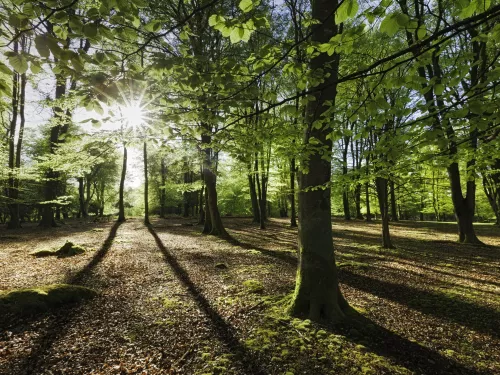
Welcome to the Wilder Blean project at West Blean and Thornden Woods! Please read about the changes happening to this Nature Reserve which might affect you and everyone visiting these woods.
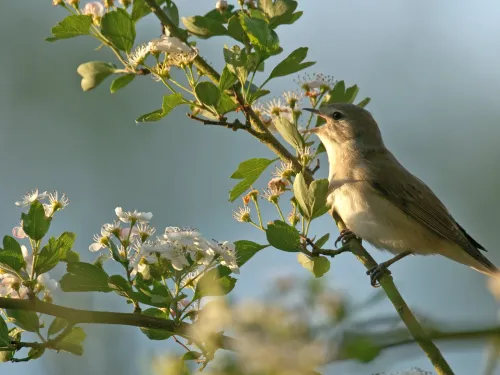
Join us for these special wildlife experiences across the county, discovering how our Area Wardens and Rangers are creating a Wilder Kent. From spotting evidence of beaver activity near Sandwich to trying your hand at bat detecting in Sevenoaks, lace up…